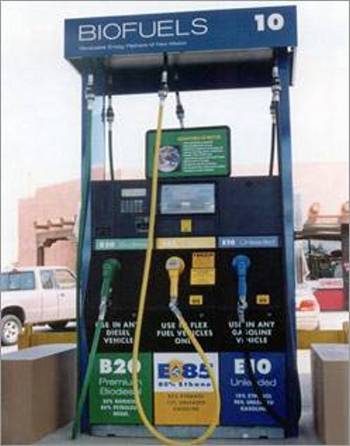In 1998, the Volkswagen Group purchased the trademark rights on the
former car manufacturer Bugatti in order to revive the brand.
The Bugatti Veyron is, by every measure, the world's most extreme production road car. It's the quickest to 60, has the highest top speed, and can absolutely dominate a track.
The Bugatti Veyron is a car built around an engine. Essentially, Bugatti made the decision to blow the doors off the supercar world by creating a 1,000-horsepower engine. Everything else follows from that resolution.
On 6 April 2013, Bugatti set the record for having the highest top speed of any roadster in the world with the Veyron Grand Sport Vitesse, reaching on average a top speed of 408.84 km/h (254.04 mph)
The Veyron weighs a hulking 4,160 lbs, but even its harshest critics admit its handling is surprisingly sharp. Gordon Murray, designer of the McLaren F1 was very skeptical of the Veyron during its development, but after driving the finished car, he conceded it is a "huge achievement."
The Veyron's brakes use cross drilled, radially vented carbon fibre reinforced silicon carbide (C/SiC) composite discs, manufactured by SGL Carbon, which have a much greater resistance to brake fade when compared with conventional cast iron discs.
The Bugatti Veyron is, by every measure, the world's most extreme production road car. It's the quickest to 60, has the highest top speed, and can absolutely dominate a track.
The Bugatti Veyron is a car built around an engine. Essentially, Bugatti made the decision to blow the doors off the supercar world by creating a 1,000-horsepower engine. Everything else follows from that resolution.
On 6 April 2013, Bugatti set the record for having the highest top speed of any roadster in the world with the Veyron Grand Sport Vitesse, reaching on average a top speed of 408.84 km/h (254.04 mph)
The Veyron weighs a hulking 4,160 lbs, but even its harshest critics admit its handling is surprisingly sharp. Gordon Murray, designer of the McLaren F1 was very skeptical of the Veyron during its development, but after driving the finished car, he conceded it is a "huge achievement."
The Veyron's brakes use cross drilled, radially vented carbon fibre reinforced silicon carbide (C/SiC) composite discs, manufactured by SGL Carbon, which have a much greater resistance to brake fade when compared with conventional cast iron discs.




